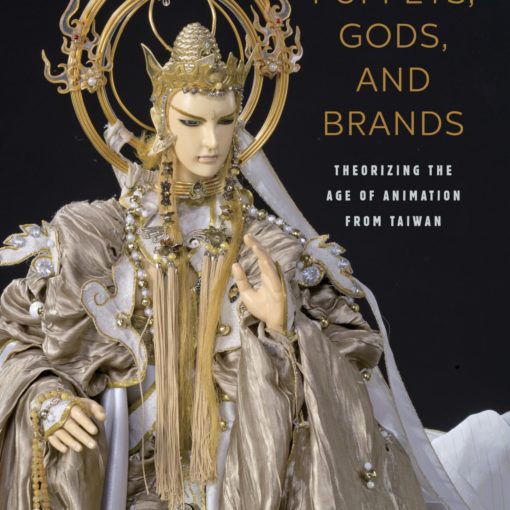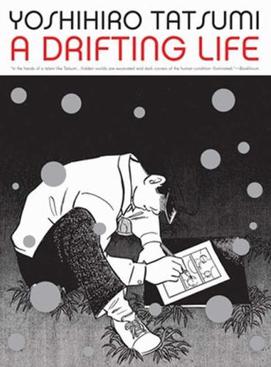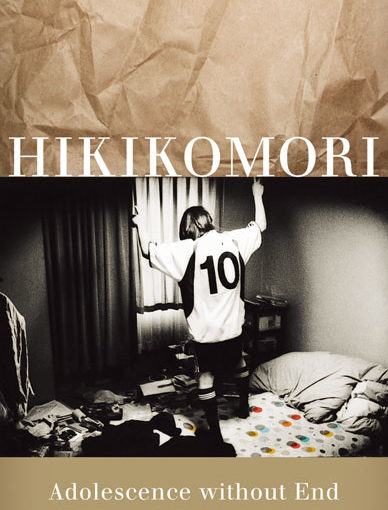Yonebayashi Hiromasa, director. Miyazaki Hayao and Niwa Keiko, script. Kari-gurashi no Arrietti. Translated as The Secret World of Arrietty, subtitled DVD. Studio Ghibli, 2010.
Come into the Garden . . .
Pamela Gossin
When the creative team at Studio Ghibli takes us into the world of The Borrowers, it is in many respects a place they have helped us visit many times before. Mary Norton’s original text already contains many of the storytelling elements that audiences appreciate in Ghibli productions: a nostalgic setting of highly detailed domestic and natural worlds with compelling characters whose adventures and interpersonal encounters complicate their burgeoning world views. This is a place that would be equally familiar to Satsuki, Kiki or Shizuku.
The story gently opens as the inner-voice of Sho, a teenage boy with a congenital heart problem, reflects on a week of his life when he faced high-risk surgery. From an initial frame of white clouds floating before an infinite blue sky, the visual field instantly begins to shrink as the constraints of physical and temporal reality close in upon Sho. From the sky, our view lowers briefly to a rim of purple mountains encased in smog, then down to the concrete foothills of offices and houses in a crowded city, down further to the metal box of the car he rides in, down again to visual and verbal reminders of this child’s sickly body and fragile heart. Viewers are driven out with Sho through the sharp-angled maze of urban hardscape, power lines and road-noise over a bridge toward a curvilinear oasis of protected green space where the earthy crunch of tires on dirt signals our arrival.
In one minute and fifty-two seconds of animated time, we experience a small geographical change representing large transitions: from urban to rural, present to past, and within the past, from the emotional unavailability of the corporate busyness of Sho’s divorced mother, to the rusty but genuine care-giving of his great aunt Sadako and her housekeeper, Haru. As the theme song beckons us to “come in the garden,” we see Sho, literally standing at the gate of a new world, cautious but curious, and caught in a complex dilemma. His slight frame is dwarfed by a tall tree bathed in a downward stream of sunlight. Together we take in the surrounding natural view and its local drama: a cat poised to pounce upon hidden prey and a crow disrupting the hunt. Here, the observant Sho catches his first glimpse of the ladybug-like Arrietty, one of the “little people” he has heard about in his mother’s childhood stories.
The changes of physical scale – from cosmic sky to large human city to intimate garden – are just the beginning of the Brobdingnagian / Lilliputian contrasts that figure so strongly in this film. Ghibli artists clearly perform a labor of love depicting the Borrowers’ miniature “underworld” beneath the floorboards. All of the creative adaptations that Norton’s little people find for humans’ “lost and found” items are perfectly animated. The teen-girl décor of Arrietty’s nature-themed “bring the outdoors in” bedroom is reminiscent of Nausicaä’s secret botanical laboratory. Homily’s kitchen is a picture of domestic warmth and efficiency with its wristwatch wall clock and flowerpot hearth. Pod contrives an ingenious system of fishhooks, spools, and mechanical lifts for climbing and rappelling through the cliffs and canyons of the human’s house. The interior of the dollhouse is also, as Arrietty instantly recognizes, “perfect.” Consequently, when father and daughter venture out for their first “borrowing” together, the “so big” size of the humans’ rooms, furniture and appliances feels unnaturally huge and ominous.
Yet, not all of the clever contrasts of scale are visual. The soundscape is equally powerful in depicting the alien experience of the small amidst the large. In one scene, the giant ticking of the humans’ grandfather clock is contrasted with Arrietty’s not-quite-stifled nervous giggle as she attempts to “borrow” a tissue. Afterwards, the clock echoes massively in the pounding of her own heart. Here, the concentric circles of sound waves represent the complex, concentric worlds in which she exists, from her own small heart beating with terror at the prospect of being seen out into the vastness of human-sized space.
Similarly, the garden-house setting of The Secret World of Arrietty has all the lush loveliness and observant visual detail of other such Ghibli places, mediating between the human and natural realms. This one, however, offers an even deeper immersion experience through the summer sounds of the surrounding biological microcosm: the rhythmic chant of cicadas and other insects, water trickling, grasses rustling, a variety of birdcalls and wing-flaps, a cat’s silent stalking followed by its aggressive complaints when cheated of its prey.
The film is alive with the sounds of life’s music, across scales and across media – in the air, on the earth, and within the water. And oh, such water! Viewers tempted to regard the tour-de-force water scenes as so much aesthetic showmanship risk missing the film’s essential message. A long rainy day’s gift of imposed solitude, pendant drops settling into equipoise on the veins of a vine-leaf, the turbulence of a downspout in a downpour, the tenuous, crystalline quiescence of surface tension, the undercurrents and easy flow of a stream are all metaphors for the dramatic ebb and flow of the main characters’ struggle to attain emotional balance between their inner and outer worlds.
Indeed, throughout the film, we notice strong juxtapositions of inner and outer spaces, thought and action, emotion and motion. Domestic interiors are contrasted to outer walls and rooflines, and the permeability between the two is emphasized by open windows, and loose screens, cracks, crevices and grates leading to untended gardens and open meadows.
As adolescents, both Arrietty and Sho are awash in emotion. They exist in a landscape of hopes, fears, curiosity and confusion. Arrietty, full of youthful exuberance, craves adventure and challenge, and fears being held back. Sho fears abandonment and death, yet clings to his mother’s gift of the wonder and truth of her own childhood. Sadako empathizes with Sho, wondering aloud why his mother would go abroad and leave a sick child. As housekeeper, Haru fears the “little” and the “invisible,” and these fears feed her paranoia about “pest control.” Homily fears the extinction of her kind and the loss of home; she dreads the hard work of starting over. Pod is driven by the constant imperative to adapt and survive.
As the teens gain increasing awareness, they want to help and protect others, but their inexperience causes irreparable damage. In making the transition from protected child to proactive adult, they learn that even seemingly innocent actions can have permanent negative consequences. Wanting to discover and enjoy the natural world (including the world of the boy with whom she has made a connection), Arrietty puts her family at risk and forces them to leave the home they have spent so many years building. Wanting to give the Borrowers part of the “dream” dollhouse intended for them by his relatives, Sho causes an unnatural disaster (an “earthquake”) that rips off their ceiling and leads to the discovery of their “nest” by Haru.
Unlike last summer’s final episode of the Harry Potter series, in which crucial adolescent transitions are almost entirely represented by action sequences, in this film almost nothing “happens.” While Homily’s kidnap and rescue allow the teens to test their resources (Arrietty climbs with Kushana-like boot-blades!), the most meaningful action takes place at the emotional level.
The ultimate problem of scale is in this sense also emotional: how to relate inner and outer realities? How to understand self and other and create an environment in which both big and small can thrive? The crisis comes when Sho’s fear of being ill and facing surgery is projected onto Arrietty in a cruel outburst. He reveals that she and her family are part of a doomed tiny species of whom only a handful remain, compared to 6.7 billion humans. Arrietty parries this blow by first blaming Sho, then bravely asserting that her people will find a way to survive. Seeing her fighting spirit as she faces her fate softens Sho, who tells her his truth: he is the one who will die. An empathetic connection grows as each realizes their awareness of life’s transience.
In the light of the waning gibbous moon (as usual, Ghibli keeps accurate astronomical time by showing a full moon at the opening of the film and the correct phase one week later), the Borrowers set out to find a new home. This same moon shines on Sho when he rises to tell them goodbye. In a sweet moment that recalls My Neighbor Totoro, Arrietty stands eye-to-eye first with Niya, the overfed cat who once regarded her as prey, and then with Sho. The film closes with Arietty climbing onto the prow of a teapot boat, wide-eyed and facing forward. Escorted by a gentle carp she floats down a drainage culvert, under a bridge, and out toward a new, sunlit horizon.
My thanks to Dr. Marc Hairston for his link suggestions. -PG



